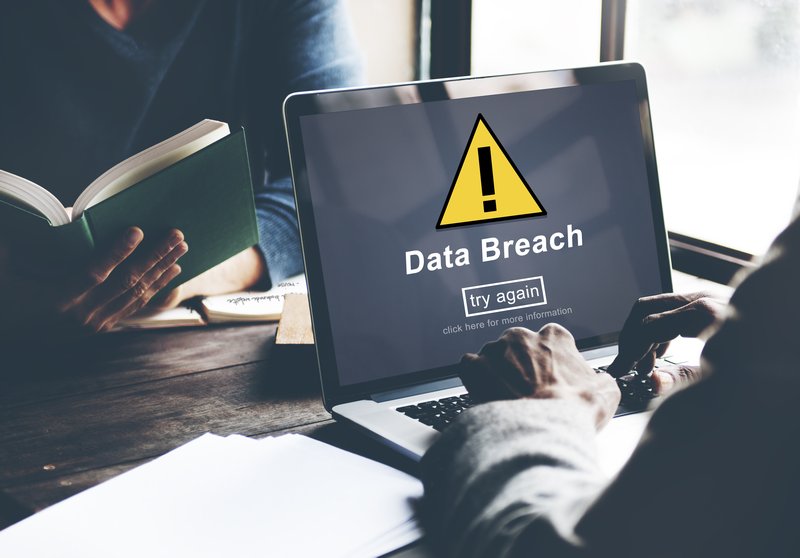In today’s digital age, data is a valuable asset for businesses of all sizes. However, the heightened risk of data theft comes with the increasing reliance on technology. In addition, cybercriminals are constantly developing new techniques to steal sensitive information, and businesses must be vigilant in protecting their data from these threats.
Cybercrimes can occur in various forms and for different motives. Unfortunately, when users become victims, their information and data are often stolen, or their accounts are hacked by criminals, leading to devastating and far-reaching consequences. To protect yourself from such attacks, contact our security experts at IT Support Miami.
Keep reading the article and learn more about how to prevent data theft in your business.
6 Ways to Prevent Data Theft in Your Business
1. Prioritize Data

Source: transparityinsurance.com
Data theft prevention should be a top priority for any organization that handles sensitive client or employee information. Businesses should have a formal IT security strategy to protect their data and resources. For example, an employee offboarding process presents a significant data security risk, and one should have a plan to limit access to personal information as workers leave. One should also implement a regular employee training schedule to create a security culture.
Data breaches can be incredibly costly, with an average cost of $3.86 million. Companies should therefore prioritize data security to avoid such losses. By limiting access to personal and sensitive information, having a formal security strategy, and implementing regular training sessions, companies can better protect their assets and reduce the risk of a data breach.
2. Restrict Access
Data theft is a rampant and costly issue for businesses of all sizes. Therefore, companies should protect themselves from the risks associated with data theft, such as the illegal transfer or storage of personal, confidential, or financial information.
One way to prevent data theft is by restricting access to sensitive information. This can be done by limiting the amount of data employees can access based on their job functions. In addition, security policies should be enforced by software agents installed on employee computers to ensure that they are following the rules. AccessPatrol is one such software that can control a variety of peripherals like storage, wireless, communication, and imaging devices. By limiting access and enforcing security policies, businesses can reduce the chance of a data breach and protect themselves from costly damages.
3. Use Strong Passwords
Protecting sensitive and confidential data is essential for any business, and data theft prevention should be a top priority. The most common ways data theft occurs are through social engineering, weak passwords, or system vulnerabilities. Lost or stolen passwords frequently cause data breaches, so it is crucial to enforce complex passwords and consider password manager programs to prevent data theft. Using strong passwords, avoiding commonly used or compromised passwords, and storing password hashes only, can avert the risk of data theft.
Weak passwords, poor email hygiene, and faulty networks also create opportunities for data theft. In addition, outdated antivirus and poorly written software applications can also provide easy access to hacker attacks. Therefore, it is imperative to update antivirus software regularly, practice good email practices, and secure network connections to avoid any risk or chances of data theft. By following these valuable tips, businesses can minimize the risk of data breaches and ensure comprehensive data theft prevention.
4. Use Encryption

Source: computerworld.com
Data theft is a growing problem, and every organization must take measures to safeguard them. Encryption is one of the most effective ways to prevent data theft. Encryption is a process that scrambles data with random characters, making it unreadable to those without the key. Encryption is crucial whether data is stored or transmitted.
Many software solutions offer built-in encryption options that are easy to use. It is also essential to encrypt laptop data with a password and security key to prevent data theft in case of loss or theft. Overwriting the entire hard drive at least once a month is also a good office practice for securely deleting data. Taking a few simple steps can go a long way toward preventing data theft and ensuring your organization’s security.
5. Implement a Firewall
To strengthen employee passwords, businesses should encourage using strong passwords with upper and lower case letters, numbers, and symbols. They may also consider setting up password managers for added security. Additionally, employees should receive training on cybersecurity best practices, such as cautious email opening and safe information disposal.
Another critical step is to implement a firewall, which can help to prevent unauthorized access to your network by filtering out potential threats. This should be part of a larger anti-theft strategy that includes restricting physical access to sensitive workplace areas, installing fence and infrared identification badges, and locking confidential waste bins.
6. Utilize Two-Factor Authentication
Two-factor authentication (2FA) is one of the best ways to prevent data theft, which requires multiple forms of identification. Implementing 2FA whenever possible can add an extra layer of security to protect sensitive data.
In addition to strengthening passwords and implementing 2FA, requiring employees to use a password-activated screensaver to lock their computers after inactivity can also help prevent data theft. Educating employees on password hygiene and the risks of sharing or posting passwords near their workstations is also crucial in preventing data theft. By implementing these tips for data theft prevention, businesses can reduce the risk of data breaches and protect sensitive information.

Source: blog.encyro.com
Conclusion
Preventing data theft should be a top priority for businesses in today’s digital age. The potential consequences of a data breach can be devastating, including financial loss, damage to reputation, and loss of customer trust. By implementing the top ways to prevent data theft in your business, such as training employees on security best practices, regularly updating software and systems, you can significantly reduce the risk of a data breach occurring. Remember, preventing data theft is not a one-time effort but rather an ongoing process that requires vigilance and commitment to ensuring the security and integrity of your business data.



